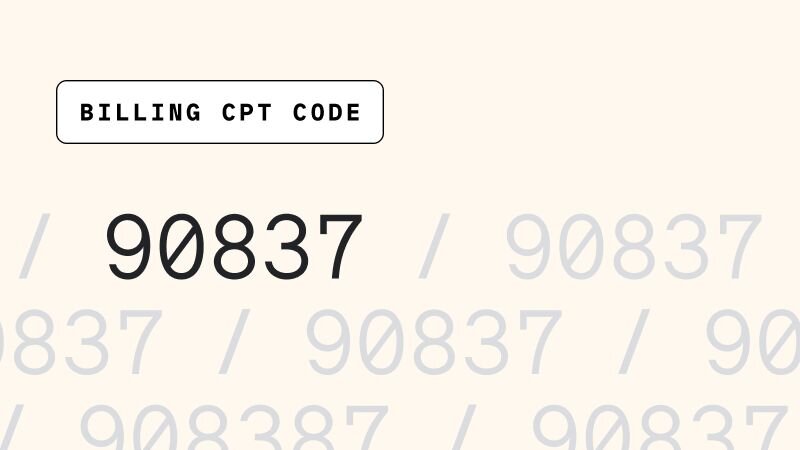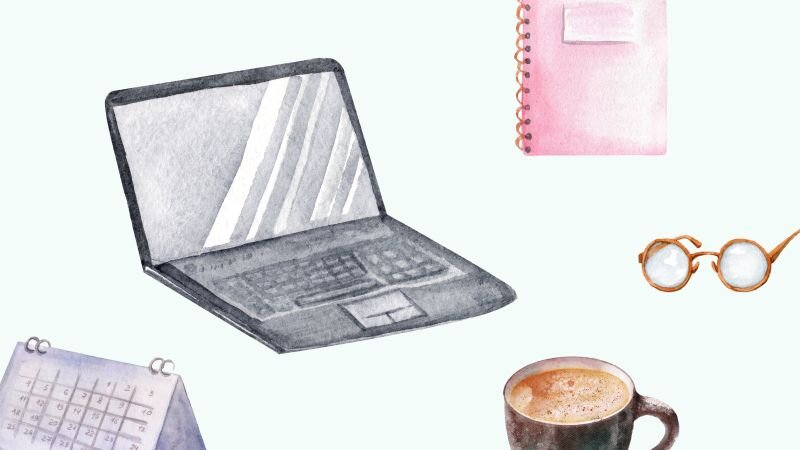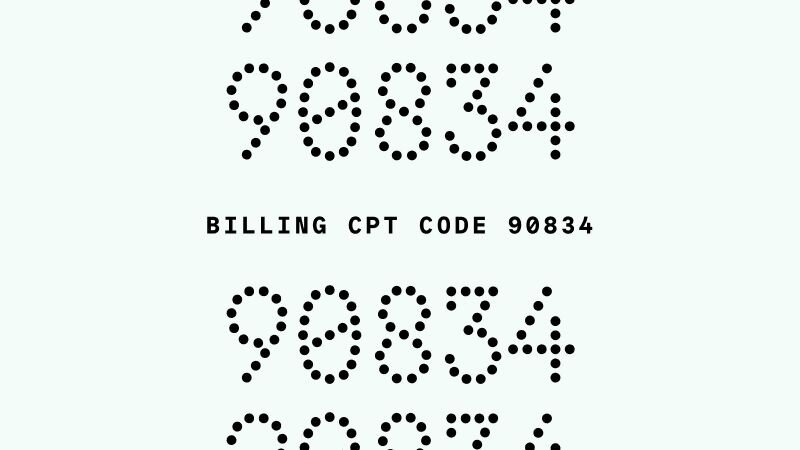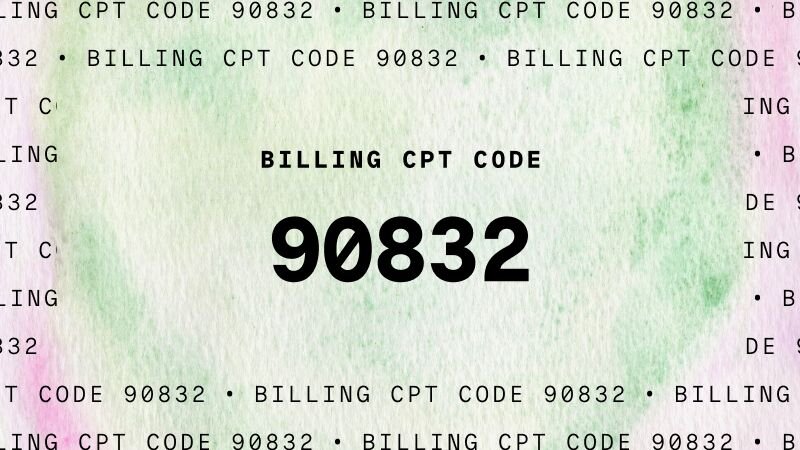
How to use CPT code 90837
The 90837 CPT code is often understood to be the standard of a therapy session among providers. However, insurers have a tendency to flag 90837 more frequently than other codes.

Understand the ins and outs of CPT codes to help make documentation and billing more efficient — and give you more time to focus on other areas of your practice.
Current Procedural Terminology (CPT) codes are a common numerical language for healthcare professionals to describe the services they provide. As a mental health practitioner, understanding the ins and outs of CPT codes can make documentation and billing more efficient, ultimately saving you time to focus on other areas of your practice.
Depending on your licensure and area of practice, you may find yourself using certain CPT codes more than others. Read on for more info on the most common CPT codes for mental health (and how to use them).
It’s important to use the code that most accurately reflects the time you spent with the patient to treat their condition, and ensure that documentation for the session supports the chosen code.
If you provide psychotherapy, you’ve probably used CPT code 90837, which represents talk therapy with at least 53 minutes of documented face-to-face time. Time-constrained CPT codes like this one should be documented with an exact start and stop time in your client’s progress notes. As with other psychotherapy codes, a 60-minute session shouldn’t include any related administrative work, such as writing notes or billing. If a client arrives late or leaves early this should be reflected in the exact start and stop time.
CPT code 90834 is similar to 90837, but it represents a shorter session. You can use this code for any face-to-face psychotherapy session between 38-52 minutes. Keep in mind some “hour-long” therapy sessions fit in the upper limit of this code’s 52-minute window. If a client arrives late or leaves early this should be reflected in the exact start and stop time.
Code 90832 is used for a psychotherapy session that includes between 16 and 37 minutes of documented, face-to-face time. Most psychotherapists don’t conduct 30-minute sessions frequently, but may be clinically appropriate for younger clients or other situations where a client has arrived late or left early.
This CPT code accounts for what you know as your initial client assessment. Code 90791 doesn’t include any medical or mental health treatment; instead, it’s the session where you gather the information needed to make a diagnosis and begin developing a treatment plan. It’s not associated with a time limitation, but most assessment sessions are 45 or 60 minutes. Typically, insurance will allow a clinician to bill 90791 once per year, or when they first see a client who is transitioning from another provider.
Similar to CPT code 90791, code 90792 encompasses an assessment, diagnosis, and treatment plan; the difference is it also includes medical services. This code is sometimes used by prescribers who may treat the patient by prescribing medication during an initial evaluation. Medical services can also include ordering diagnostic work that helps diagnose someone.
Evaluation and management codes, or E/M codes, include services in which a qualified health professional diagnoses and treats an illness or injury. You can use E/M codes based on either time or Medical Decision Making (MDM) when coded without an add-on psychotherapy service. For new patients, use codes 99203-99205, and for existing patients, use 99213-99215.
CPT codes 90833, 90836, and 90838 are add-on codes that can only be used with E/M codes 99203-99205 (for new patients) and 99213-99215 (for existing patients). You can use these codes when you provide psychotherapy in addition to an evaluation or management appointment. To report both E/M and psychotherapy, the two services must be significant and separately identifiable. For all of these psychotherapy add-on codes, your documentation needs to include exact start and stop times, issues that were addressed, and progress made in the course of psychotherapy treatment.
Codes 90833, 90836, and 90838 are associated with specific times:
Code 90846 represents a 50-minute session of psychotherapy where the focus of the intervention is on a family or partnership dynamic, and the identified client isn’t present for the majority of the session. To be reimbursed by most payers for a 90846 session, the session should be treating an identified client’s legitimate clinical diagnosis. It might be used, for example, when you meet with parents of a child or teenager to discuss anxiety management strategies for the child and how the parent can help enact this at home.
Like 90846, code 90847 is used for a 50-minute family psychotherapy session, but with the identified client present with one or more members of their family. To be reimbursed by most payers for a 90847 session, the session should be treating an identified client’s legitimate clinical diagnosis. For instance, in a family therapy session for an adult with obsessive-compulsive disorder, a provider can meet with the client and their spouse to discuss how the diagnosis affects their relationship and how the spouse can provide support at home. 90847 is often used for family therapy with a child as the identified patient, or couples’ therapy.
CPT code 90785 is an add-on code that represents psychotherapy sessions that require extra work — not time — due to communication complexity, such as involving a family member in therapy or treating a client who has a mental health symptom that makes communication more difficult. As an add on code, it can only be used with another psychotherapy code, such as 90837, 90834, or 90832. Your documentation for this code should explain which element(s) of interactive complexity were present.
This document is intended for educational purposes only. It is designed to facilitate compliance with payer requirements and applicable law, but please note that the applicable laws and requirements vary from payer to payer and state to state. Please check with your legal counsel or state licensing board for specific requirements.

The 90837 CPT code is often understood to be the standard of a therapy session among providers. However, insurers have a tendency to flag 90837 more frequently than other codes.

The “45 minute” session is a core element of mental health care, so it’s vital that every provider knows how to apply the 90834 code to their work.

If your client demonstrates a clinical need for shorter therapy sessions — or you need to end a session earlier than planned — 90832 might be the right way to bill.